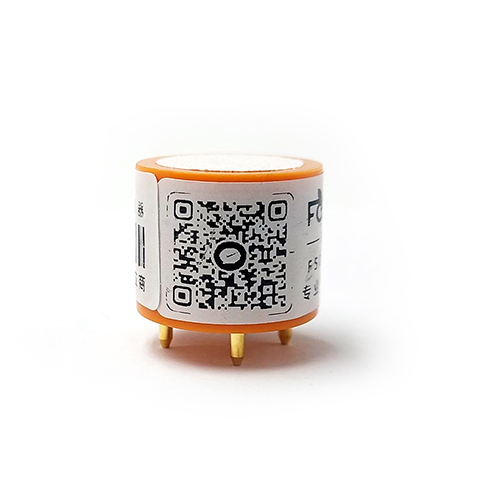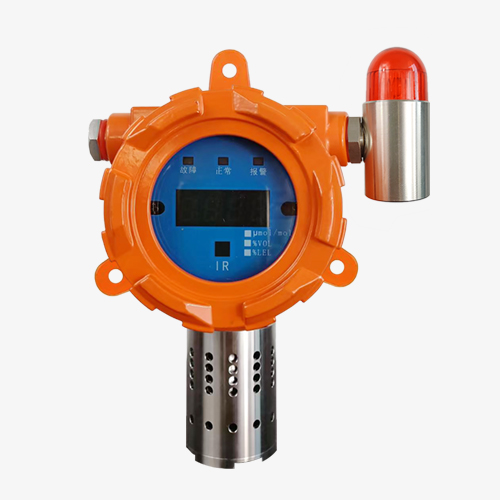Do sewage treatment plants smell? How is it monitored?
The odor of sewage treatment plants is mainly due to the fact that the organic substances contained therein are decomposed by the bacterial colony in the process of generating a foul odor.
With the increasing awareness of environmental protection and the importance of protecting life and property, the sewage treatment industry is gradually receiving more and more attention.
As an important facility for treating municipal wastewater, wastewater treatment plants have a serious impact on ambient air quality due to pollutants such as exhaust gases, wastewater, and solid wastes generated during their operation, which need to be emphasized and effectively controlled.

How to detect and solve the exhaust gas pollution of sewage treatment plant
Exhaust gases from sewage treatment plants mainly include malodorous gases, ammonia, hydrogen sulfide, and other toxic and harmful gases. These exhaust gases not only affect the health of the staff but also cause harm to the surrounding environment and residents. By equipping an odor detector, the type, and concentration of exhaust gas can be monitored in real-time, providing data support for exhaust gas treatment. For different exhaust gas components, corresponding treatment measures, such as chemical absorption, physical adsorption, biodegradation, etc., are taken to ensure that the exhaust gas meets the emission standards.
Wastewater treatment
Wastewater from wastewater treatment plants mainly includes domestic sewage and industrial wastewater. These wastewaters may produce a large amount of foam and suspended matter during the treatment process, and also release malodorous gases and toxic and hazardous substances. By monitoring the types and concentrations of harmful substances in wastewater, it provides data support for wastewater treatment. Based on the monitoring results, appropriate treatment measures, such as chemical oxidation, activated carbon adsorption, membrane filtration, etc., are taken to ensure that the wastewater treatment results meet the national standards.
Solid Waste Treatment
Solid wastes generated by the wastewater treatment plant mainly include sludge, residues, etc. These wastes contain a large amount of organic matter and heavy metal elements, which can have a serious impact on the environment and human health if not handled properly. Through real-time monitoring of solid waste, we can understand the composition and nature of the waste and provide data support for solid waste treatment. For different waste types, appropriate treatment measures are taken, such as aerobic composting, anaerobic fermentation, high-temperature incineration, etc., to ensure that solid waste is properly treated.
The implementation of monitoring wastewater waste gas in sewage treatment plants is of great significance for environmental protection and safe production in the sewage treatment industry. Through real-time monitoring of the types and concentrations of pollutants in exhaust gas, wastewater, and solid waste, it provides data support for the adoption of appropriate treatment measures to ensure that pollutants are discharged in compliance with the standards and that the treatment effect meets the national standards. At the same time, it is also conducive to safeguarding the health and production safety of the staff.







